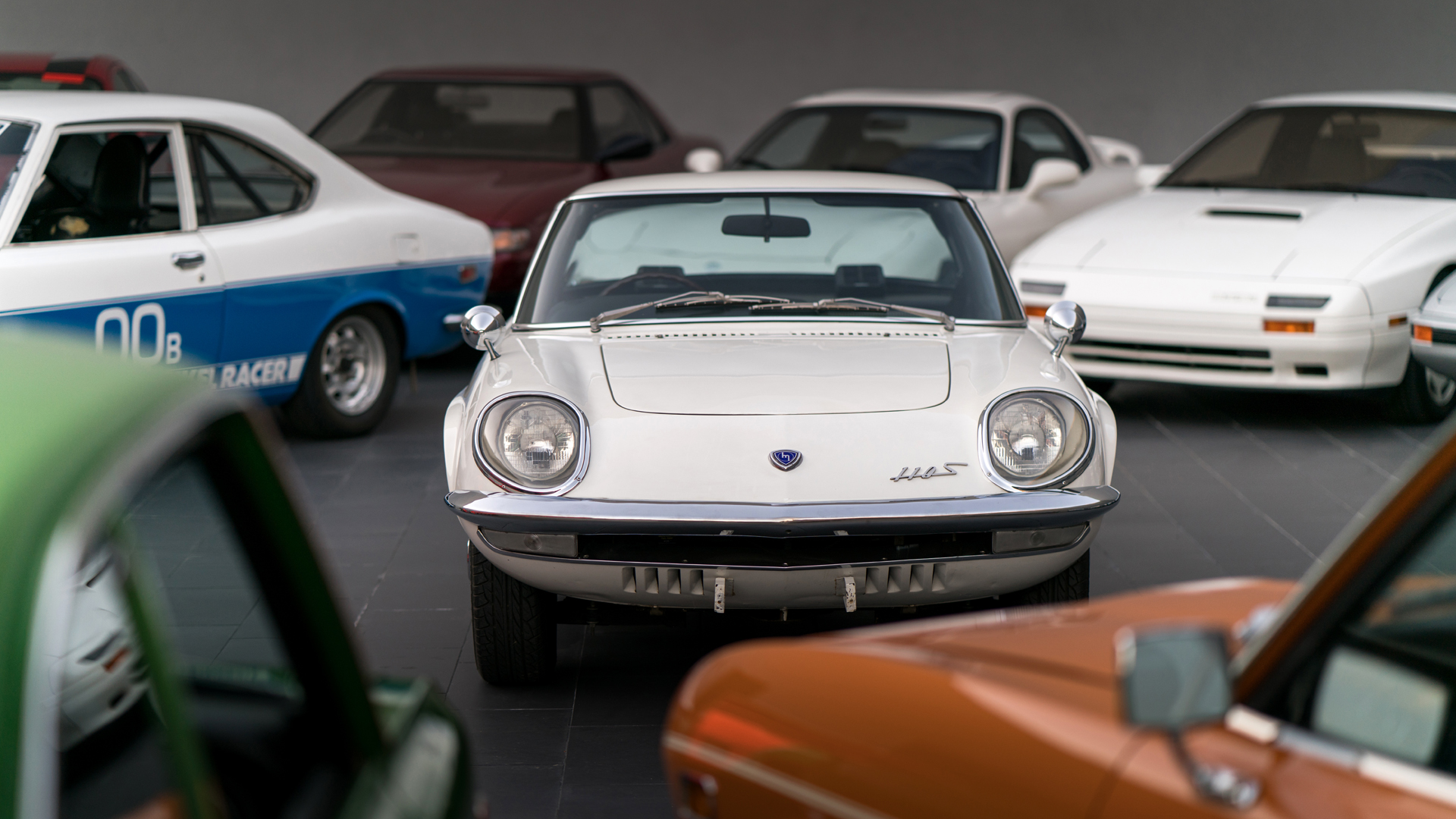

The Wankel rotary wasn’t a new concept when Mazda first adopted the engine to be used as a power plant in its vehicles. In fact, the concept was first conceived by a German who went by Felix Wankel nearly 38 years prior to the launch of Mazda’s first rotary-powered car. After the patent was issued in 1929, Wankel didn’t begin development of the rotary until 1950 while employed at NSU Motorenwerke AG, which was later acquired by Volkswagen and rebranded as Audi as part of a merger. In 1957, the first working concept of the rotary was born, and subsequently licensed to Mazda for use in 1961.
It was a Tuesday morning on May 30th, 1967 when Mazda put its first rotary-powered sports car on sale in Japan. Not only was the Mazda Cosmos Sport the first twin-rotor, rotary-powered car, but it was also Mazda’s first true sports car. To this point, Mazda had only been pumping out beigemobiles, so stepping into a new market was an exciting change, especially with an entirely new power platform. Over the next five years, a collective 1,176 Cosmo Sports would be built and sold.

It wasn’t all fun and games getting the rotary tweaked to its sales-worthy form. The first prototype rotary even seized within the first hour of use, forcing Mazda to get serious about producing a practical, reliable platform from a relatively new and unused technology. Mazda assembled a team of 47-engineers who they affectionately dubbed the “47 Samurai” after the Akō vendetta of 1702 where 47 Samurai avenged their master’s death. The team worked frivolously to solve many of the rotary’s sealing and oiling problems and eventually produced a marketable platform.
Mazda would later sell various other rotary-powered vehicles, including the R100, RX-2, RX-3, and RX-4, a pickup truck, and even a 26-passenger bus. A prestigious title that Mazda holds is the only Japanese auto manufacturer to hold the title of 24 Hours of Le Mans champion. Thanks to its four-rotor 787B, Mazda took home the championship in 1991, only one year before the race banned rotary engines in 1992.

Most readers will know the rotaries from the Mazda RX-7 and RX-8 sold in the states. The tiny motors were chosen because they were lightweight and extremely compact. In fact, an entire assembled Mazda 13B Renesis engine with accessories, less fluids, weighs only 210 pounds. As for dimensions, the motor is still extremely tiny. A rough measurement for the same motor is about 21″ long, 12″ wide, and 17″ tall. Mazda produced a total of 1.99 million rotary-powered cars until the RX-8 marked the end of rotary-powered Mazdas in 2012 for the foreseeable future.
Today, rotary motors play a different role in society. No longer are they the powerhouses that they once were, connected to a gearbox to put power to the road. Instead, Mazda has decided they are better suited as range extenders for their hybrid cars. Though it is a change in how Mazda originally viewed the rotary experiment (RX) series cars, they also pride themselves as the company who “will never stop challenging“.
